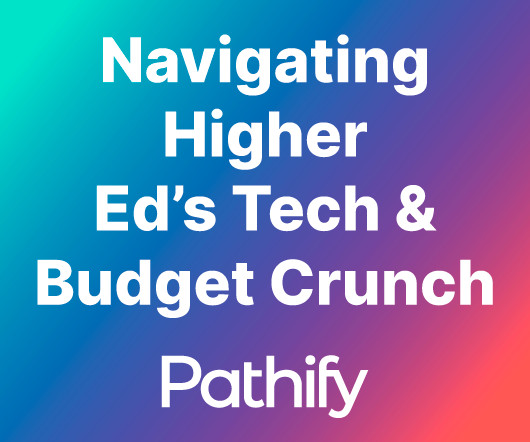Freshman Migration, 1986 to 2020
Higher Ed Data Stories
SEPTEMBER 30, 2021
(Note: I discovered that in IPEDS, Penn State Main Campus now reports with "The Pennsylvania State University" as one system. So when you'd look at things over time, Penn State would have data until 2018, and then The Penn.etc would show up in 2020. I found out Penn State main campus still reports its own data on the website, so I went there, and edited the IPEDS data by hand.













Let's personalize your content